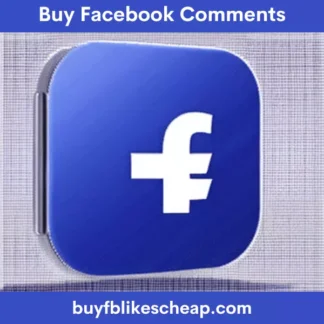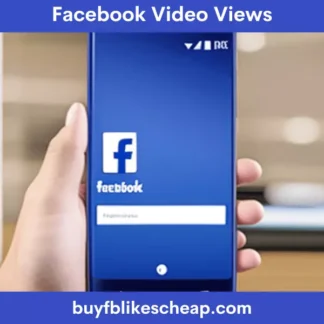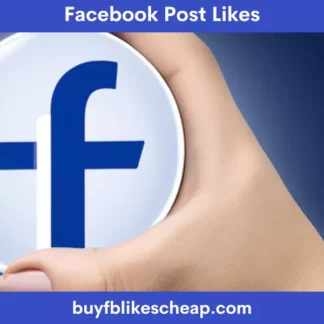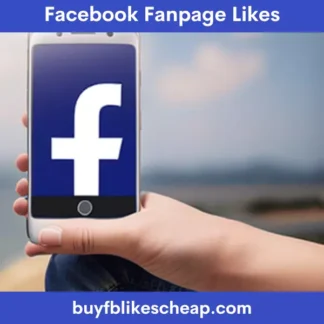The big Internet giants like Google, Facebook or Amazon constantly implement changes to their platforms. Many times, these are noticeable changes, very showy to the eyes of any user, while other times the variations are more subtle. Many times, these apparently small modifications end up having a very notorious influence on the platform’s relationship with advertisers.
One of these cases, as any Social Media Marketing professional will know, is the significant decline in organic reach that Facebook company pages have suffered. For several years now, the possibility of reaching the followers of a page, without going through the checkout, is becoming more and more limited. In this way, Mark Zuckerberg’s social network has forced many advertisers to jump through hoops and have to use payment formats within Facebook, as the only way to reach potential customers.
However, all is not lost. Not all brands have the capacity to propose consistent payment strategies and prefer to continue relying on a closer type of communication. But is it still possible to stay on Facebook, without paying for our content to be disseminated? Here are some tips that can be useful to achieve it:
1. FOCUS ON QUALITY, NOT QUANTITY
Facebook, within its algorithm, has made a strong commitment to value the quality of the content well above the quantity. For years, there has been a wide debate about whether increasing the frequency of posting on Facebook led to greater reach. However, and taking into account all the latest changes, it seems increasingly clear that trying to maximize the volume of shared content on Facebook does not improve reach and can even be counterproductive in many cases. In fact, there are studies that indicate that a moderate publication frequency may be the best option.
2. KNOW YOUR AUDIENCE
The process of creating quality content should always start from knowing very well who is going to be the recipient. This implies knowing what their concerns are, their tastes, the topics that interest them the most… and from there, you have to look for content that is relevant and shareable. In addition, it must be borne in mind that this knowledge process is a living and dynamic process. In other words, the community of followers is changing and the brand must know how to adapt. To advance in this process, it is very important to carry out tests, to evaluate how the different types of content that we share work, etc. In short, monitoring and measuring our activity will greatly help us to provide content of greater interest to our followers.
3. CHOOSE THE PERFECT MOMENT
The time of publication is a point that we must take into account when it comes to maximizing the reach of our content. But to know the optimal time, there are several factors that must be taken into account.
The first, obviously, is to take into account which are the time slots that have the most activity on Facebook. According to different studies, the peaks of activity on this platform are first thing in the morning, shortly before eating, and at the end of the day. However, these are generic data and are subject to many nuances. To begin with, each brand has a different type of audience, which can function based on different types of information consumption. Also, off-peak days or hours have an advantage, there is also less competition when it comes to posting content. Therefore, we return to the previous point, which focused on knowing our audience. In short, testing and measurement will give us the most valuable information in order to optimize the impact of our content.
4. LOOK FOR VARIETY
It is always interesting to vary the type of content that we publish, so that the audience does not get tired and to attract new types of public. However, this idea complicates the creation process, since it forces us to explore themes or formats that we may not be so good at. For this reason, to promote the diversity of content, the curation of external content is a way that can offer very positive results.
There are studies that say that content curation brings numerous advantages to organizations. It makes it easier to maintain a good publication frequency, increases the level of engagement, provides variety and covers areas of knowledge that may not be covered in our organization.
5. DO NOT SELL
This advice is very difficult for many companies to assimilate, but it is very important to get a loyal and active fan base, which in the long term will end up being more profitable. In addition, after changes introduced by Facebook, the news will have priority over commercial content, so that they will lose more and more visibility. For this reason, it is preferable to propose a content strategy based on quality and engagement, rather than directly seeking sales.
6. TRY ALTERNATIVE OPTIONS
And what are these alternative options? For many years, the only possible option for brands on Facebook has been Company Pages. But what about groups? Facebook groups are spaces where all the members have things in common and where, many times, a more intense interaction takes place than on the pages. In fact, it seems that Facebook is paying more attention to groups lately. It is an option that has been little explored so far and that can provide interesting solutions in order to try to maximize the organic reach of our publications.
In short, we could say that organic reach is not dead. However, we are forced to change the way we use a platform that we thought we had mastered. If we focus on the quality of the content, measure and optimize our activity, and look for alternative ways to achieve that reach, we can say that Facebook is still a very interesting space, even for brands that do not want to invest money in advertising formats.





